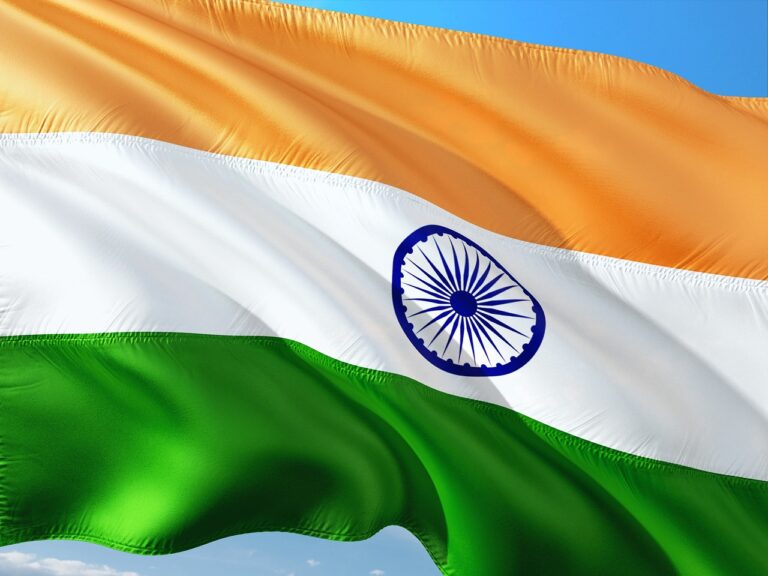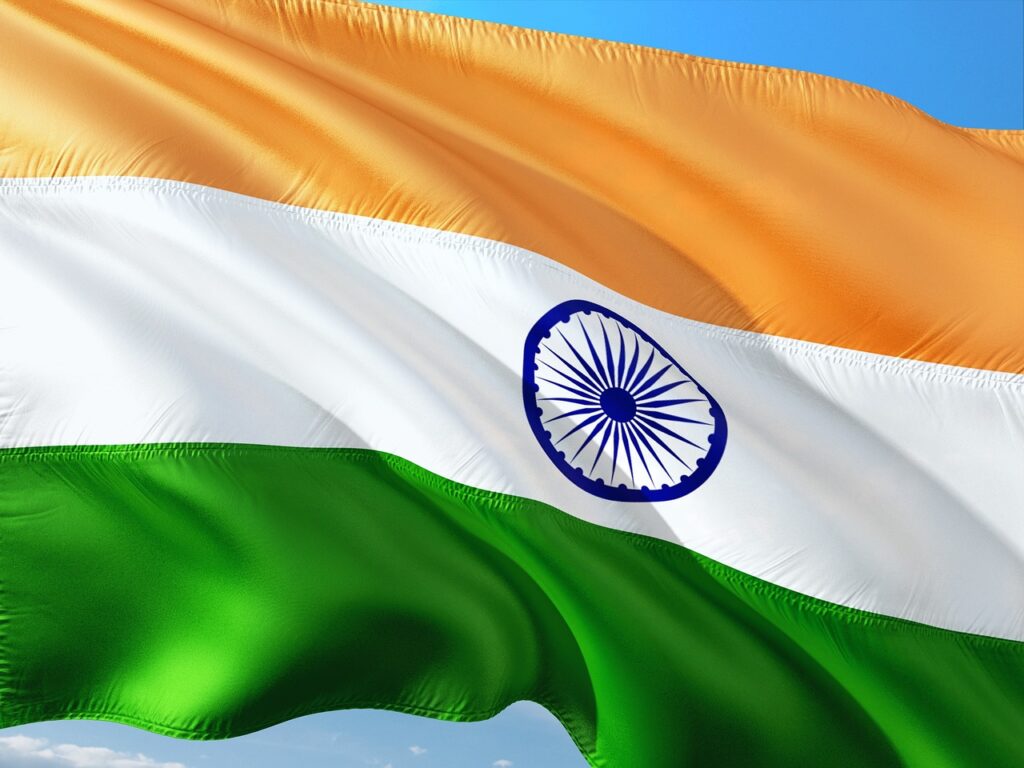The Indian government said it has ₹2 trillion (around $23.8 billion) allocated to expand domestic shipbuilding capabilities, breathe new life into the country’s maritime industry and position India among the top five shipbuilding nations by 2047.

As informed, this latest effort aligns with the “Maritime India Vision 2030” and the “Maritime Amrit Kaal Vision 2047” strategies.
Shipbuilding expansion and policy reforms
According to the Ministry of Ports, Shipping and Waterways (MoPSW), expanding the nation’s capacity to build a larger number of vessels annually is the core focus of the initiative. To this end, India reportedly plans to use the financial resources to support the development of four million gross registered tonnage (GRT) in shipbuilding capacity.
As disclosed, the government has also reassessed its Shipbuilding Financial Assistance Policy (SBFAP) to support domestic shipyards.
In the background, India’s Right of First Refusal (RoFR) framework put a ‘top priority’ mark for government contracts involving ships that were built in the country, flying under India’s flag and owned by India-based firms.
To be precise, previously, RoFR primarily benefited Indian-flagged vessels, meaning that if a foreign-built ship was the most attractive bidder, it could take priority.
Now, a ship that is Indian-built, -flagged and -owned will be considered the most eligible for a government-linked project, while those that are Indian-built but foreign-flagged and -owned are now the last to be considered, India’s Ministry of Ports, Shipping and Waterways explained.
Green shipping and port development
In a bid to stir India’s shipping back to vibrancy, MoPSW unveiled that a new Bharat Container Shipping Line, under the Shipping Corporation of India (SCI), would be kick-started, as well as the “Green Tug Transition Program (GTTP)”.
The overarching ambition of GTTP is said to be cutting carbon emissions and minimizing environmental impact by transitioning to 50% of zero-emission tug operations by 2030 and fully green operations by 2047.
Forging ahead with sustainability-oriented efforts, the ministry spotlighted that a Coastal Green Shipping Corridor, beginning with the Kandla-Tuticorin route, is going to be created, with the goal of promoting low-emission maritime transportation along domestic trade lanes. It is going to be established in partnership with SCI, Deendayal Port Authority (DPA) and Chidambaranar Port Authority (VoCPA).




